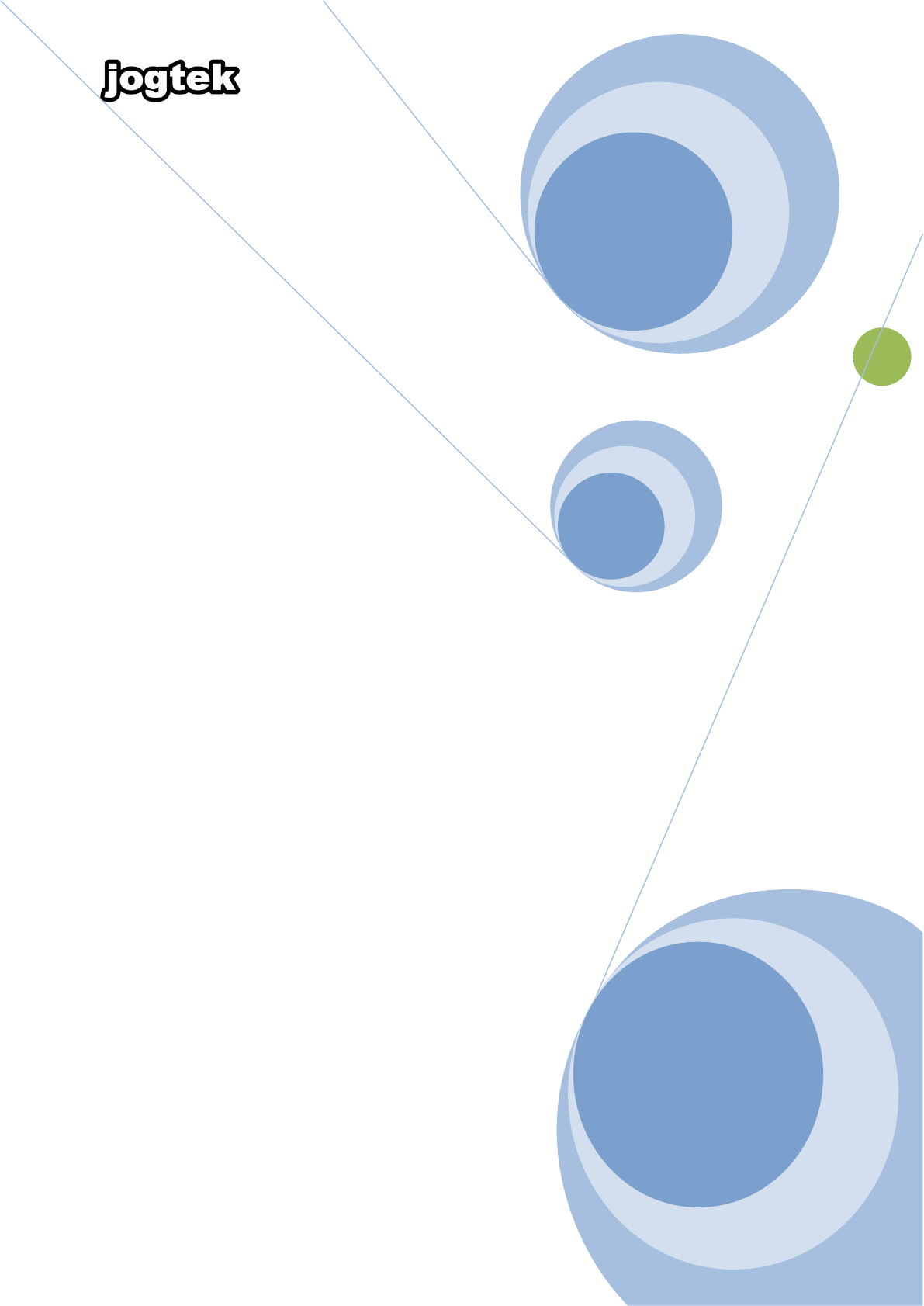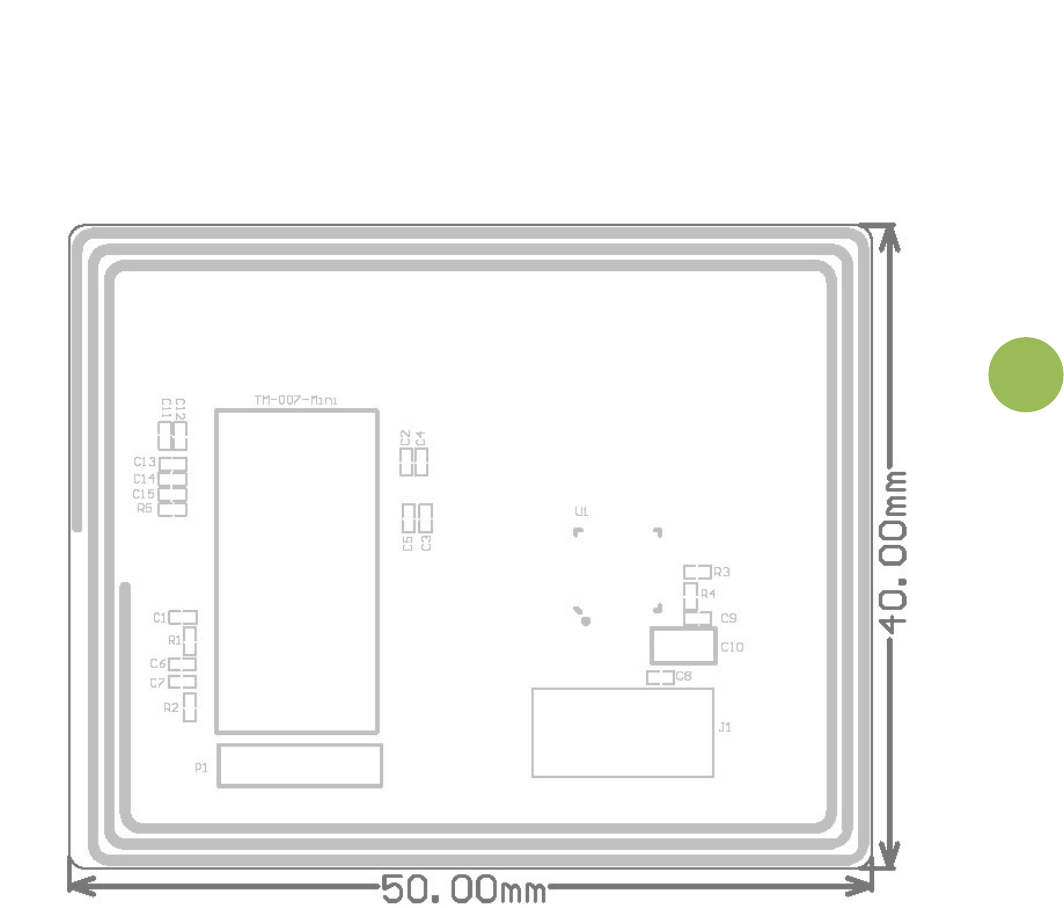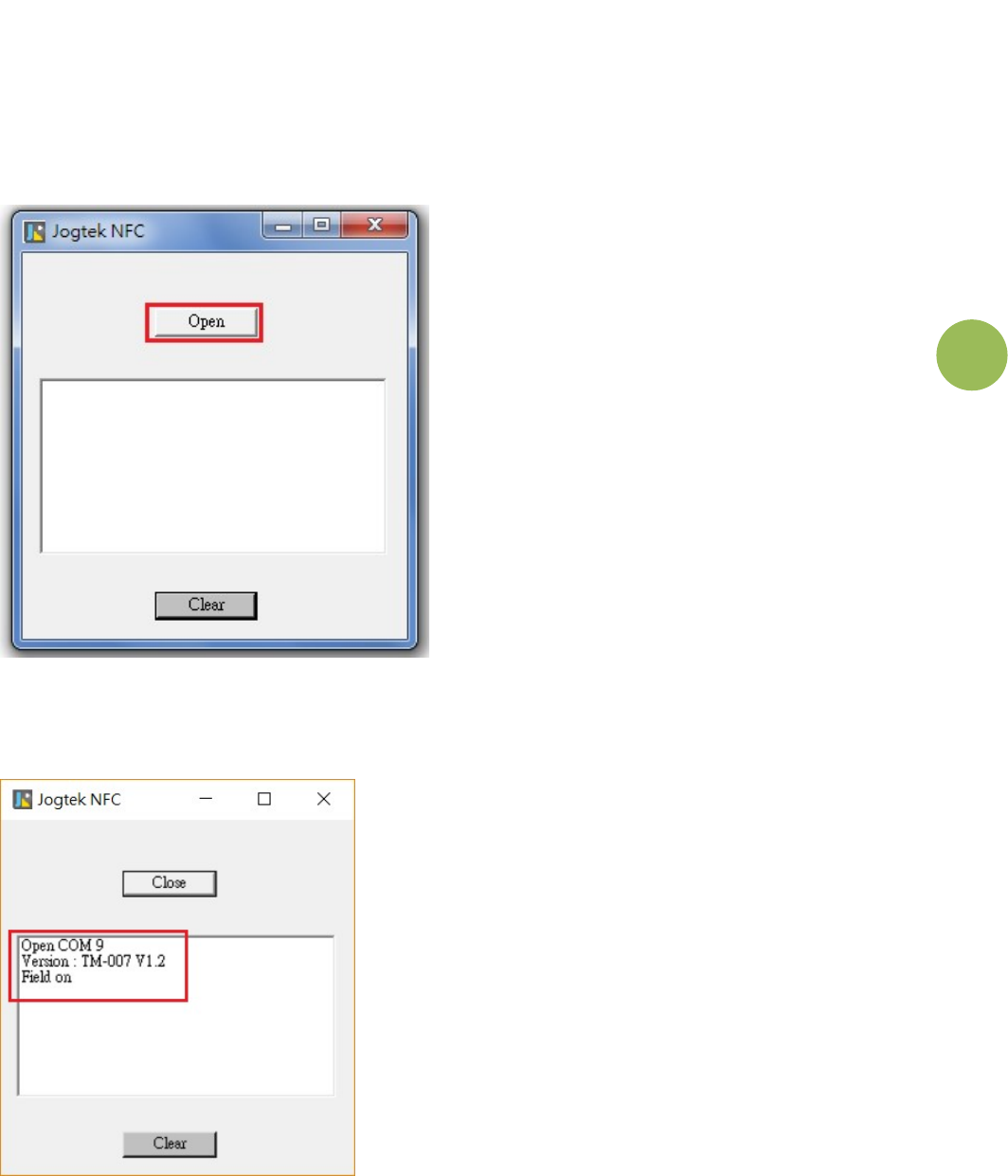COBAN Technologies FCS-H1-NFC NFC/RFID Reader User Manual User s manual
COBAN Technologies, Inc. NFC/RFID Reader User s manual
User Manual

1
ISF-001 User’s manual

ISF-001 User’s manual
Jogtek Corp.
2
Table of Contents
Chapter 1 – Product overview……………………………………………3
Chapter 2 – Mechanical Characteristics………………………………...4
Chapter 3 – Software application………………………………………...5
Chapter 4 –Safety Statements…………………………………………….6

ISF-001 User’s manual
Jogtek Corp.
3
1. Product overview
1. General Description
The ISF-001 is an OEM NFC module for integration into Tablet, Notebook, Smartphone, label
printers, handheld devices and in general any fixed or mobile short and medium range device
requiring NFC technology. ISF-001 supports Near Field Communication Standards NFCIP-1 (ISO/IEC
18092) and NFCIP-2 (ISO/IEC21481) which defines the selection of any of the four possible
communication modes (proximity reader/writer, ISO14443A and Vicinity reader/writer – ISO15693).
ISF-001 , Its simplified USB interface, low power consumption and superior performance, make it
easy to integrate any device with NFC technology.

ISF-001 User’s manual
Jogtek Corp.
4
2. Mechanical Characteristics
2.1 Dimensions: 50 x 40 x 4.6 mm

ISF-001 User’s manual
Jogtek Corp.
5
3. Software application
1. Open Program:
2. Enter “open”
3. If the port communication is successful, the window below will display “Version :
TM-007 V1.2”.

ISF-001 User’s manual
Jogtek Corp.
6
4. Safety Statements
Federal Communication Commission Interference Statement
This equipment has been tested and found to comply with the limits for a Class B digital
device, pursuant to Part 15 of the FCC Rules. These limits are designed to provide
reasonable protection against harmful interference in a residential installation. This
equipment generates, uses and can radiate radio frequency energy and, if not installed and
used in accordance with the instructions, may cause harmful interference to radio
communications. However, there is no guarantee that interference will not occur in a
particular installation. If this equipment does cause harmful interference to radio or
television reception, which can be determined by turning the equipment off and on, the user
is encouraged to try to correct the interference by one or more of the following measures:
Reorient or relocate the receiving antenna.
Increase the separation between the equipment and receiver.
Connect the equipment into an outlet on a circuit different from that to which the
receiver is connected.
Consult the dealer or an experienced radio/TV technician for help.
FCC Caution: Any changes or modifications not expressly approved by the party responsible
for compliance could void the user's authority to operate this equipment.
This device complies with Part 15 of the FCC Rules. Operation is subject to the following two
conditions: (1) This device may not cause harmful interference, and (2) this device must
accept any interference received, including interference that may cause undesired
operation.
This device and its antenna(s) must not be co-located or operating in conjunction with any
other antenna or transmitter.